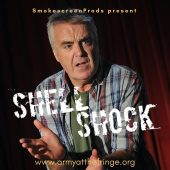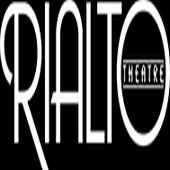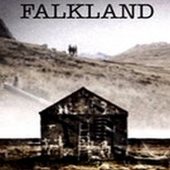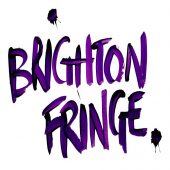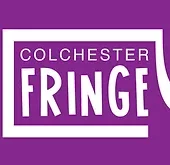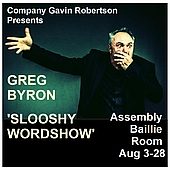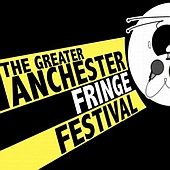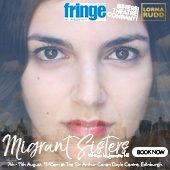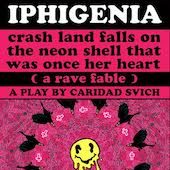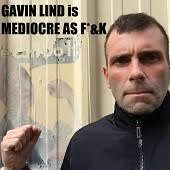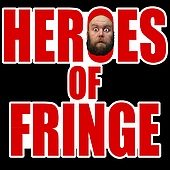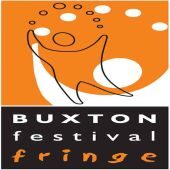Edinburgh Fringe 2025
Hamlet: Wakefulness
Song of the Goat

Genre: European Theatre, Opera and Operatic Theatre, Theatre
Venue: Summerhall
Festival: Edinburgh Fringe
Low Down
Hamlet: Wakefulness is a prequel to Hamlet, interpreting the moods and themes of the play through polyphonic song. Brought to the Festival by Poland’s Song of the Goat, Hamlet: Wakefulness explores the inner motivations of the characters through song, movement and the intensity of its performance.
Review
Renowned for their polyphonic singing, Song of the Goat return to the Edinburgh Fringe after a decade’s absence with Hamlet: Wakefulness, a prequel to Hamlet.
Shakespeare’s play is famously cerebral and existential; Song of the Goat’s tends more towards the physical and the spiritual. Hamlet starts after the murder of one King Hamlet and ends with the death of another; in this companion piece Hamlet’s father is physically present throughout the play and roams the stage like a permanent spectre in Elsinore.
The play’s action takes place two months before Shakespeare’s play on the night of the old king’s murder. Hamlet: Wakefulness takes on the shroud of ancient funereal rites and mourning to examine the motivation and interiority of the characters.
The familiar characters are here: Hamlet and his father; his mother, Gertrude; Claudius; Ophelia and other characters who are introduced for this work. However, who the new characters are and what their function is, is not entirely clear.
In a darkened court furnished sombrely with tall-backed silver chairs and long silver tables ten figures, six men and four women, clad in black give operatic voice to their lamentations. Largely, it is unaccompanied singing; occasionally it is accompanied by a Swedish stringed instrument called a nykelharpa. Individually the voices are beautiful; collectively they have a power that fills the room and transcends time and space.
There is little spoken text and what there is is often incomprehensible which makes it hard to find any narrative thread in the play. There are individual lines which repeat and give a glimmer of meaning to the performance: “You demand revenge”, “Never Forget Me”, “Hamlet is Mad” and one woman standing on a table shouting out for Sacrifice. The movement of the characters is formal and precise – there are beautifully choreographed scenes where characters wrestle or dance with each other. The aesthetic is largely colourless so that when a bunch of red roses is carried across the stage and beaten to petals against the table it provides a stunning visual metaphor. There is something primal about it all and a ritualistic formality.
And yet… while the incredible voices can easily hold you for the hour, without at least some strand of narrative coherence it loses any profundity.
Teatr Pieśń Kozła (Song of the Goat) was founded in Wroclaw in 1996 by Grzegorz Bral and Anna Zubryzka. It has a deep interest in ancient myth, ancient cultures and the power of ritual, believing music and song to be the earliest and most elemental theatrical forms. Its director, Bral, follows the practice of the theatre maker, Grotowski, with Songs of the Goat’s shows usually being devised over a long period of time.
The production which introduced Song of the Goat to Edinburgh, Chronicles; A Lamentation, was ethereal and hauntingly beautiful; it seemed to reach somewhere deep in your soul. Hamlet:Wakefulness does not have the same power, but Song of the Goat’s glorious singing remains unchanged. Given the sheer beauty of the soaring singing and the physical presence of the piece, Hamlet: Wakefulness is recommended viewing – but go for the singing rather than the story.


